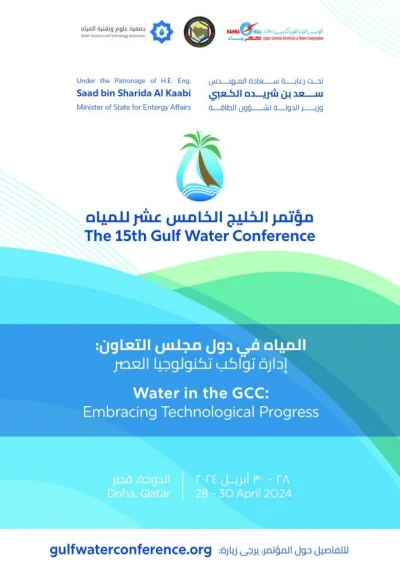The growth story of Myanmar, formerly Burma, has been acknowledged by many in the global business community. Apart from China, the US is now showing intense interest in the formerly secluded state, and the recent visit of Japan’s new Prime Minister Shinzo Abo in Yangon revealed that his country is also extremely eager to re-establish the once fruitful economic relations. There is an endless coming and going of investors from Singapore, Thailand, Korea, Taiwan and Europe, and all are full of expectations to capitalise on the fact that the country has to build up almost everything from scratch.
“If I could put all of my money in Myanmar, I would,” Forbes magazine recently quoted popular US investor Jim Rogers as saying.
“It’s another great story. Fifty years of isolation and dictatorial rule and it is finally starting to thaw. There is no reason why Myanmar can’t approach the development of its neighbours such as Thailand, given time, investment and a commitment to freer markets. I think it will be one of the fastest-growing economies in Asia.”
Notably, the Arab world is somehow reserved to deal with Myanmar. Apart from Ooredoo, Qatar’s newly renamed telecom major that is running a bid for a mobile phone licence in Myanmar, not much interest has been shown yet in the many opportunities that Myanmar holds.
It might have to do — to some extent — with the way Myanmar deals with its Muslim minority of the Rohyingas, which has been watched by the Gulf states with great discomfort.
However, and apart from this sensitive issue, opportunities for Gulf companies and the highly-specialised oil and gas firms in Qatar lie, in a first step, certainly in Myanmar’s natural gas sector. From 2006 to present, Myanmar received more than $19bn from the sale of natural gas to Thailand and is now eager to pump the same to energy-hungry China.
The opportunity is that the entire infrastructure is outdated and exploration has not been intensified during the military rule due to sanctions and a lack of machinery and expertise. Now that the country is open, a high demand for modernisation has unfolded in the upstream and downstream oil and gas sectors, as well as for pipelines and other transport logistics.
Another field where Myanmar is in need for potent investors is construction. A construction boom in Myanmar’s commercial capital Yangon and in and around the new industrial zones is fuelling demand for dollars as builders import equipment and materials in large quantities. Here, as well, Qatari expertise and funding could help as the backlog demand is enormous.
Furthermore, over the next 20 years, Myanmar’s infrastructure is predicted to need up to between $100bn and $150bn, with another $40bn to $60bn estimated for property investment in Yangon alone. This would actually be something to look into before the others do.
Our columnist Dr Arno Maierbrugger is Editor-in-Chief of www.investvine.com, a news portal owned by Inside Investor focusing on Southeast Asian economic topics as well as trade and investment relations between Asean and the GCC. The views expressed are his own.
Do you agree with Myanmar being a big opportunity for Qatar investors? Or where do you see the obstacles? Let us know through Twitter: @insideinvestor using hashtag #gulftimes



